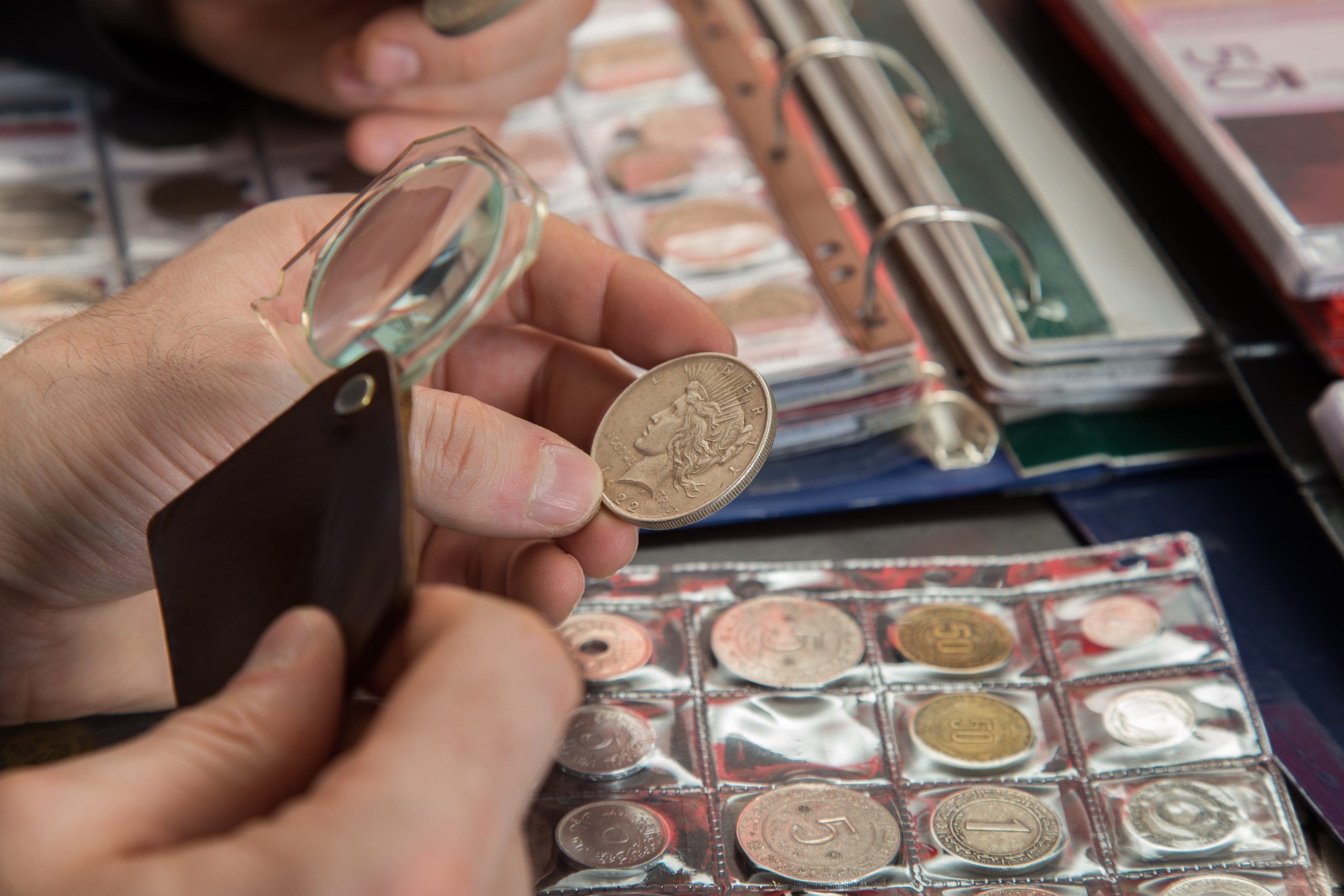Key Takeaways
- Creating an inventory of your collection is critical.
- Protect your collection with proper insurance.
- The value of your collection is subject to continuous change.
The team at Alpine Private Wealth spoke with Michael Barnes—President of Rutherford & Barnes, a full service business management firm—about his top advice for collectors and the types of scenarios he comes across in his career. Here’s what he had to share.
One in three Americans report collecting as a hobby. From wine and spirits to rare coins and stamps to fine art and vintage cars, 73 million Americans have built up collections, according to recent statistics. Yet, many are not aware of their collection’s value. Half have never had their collections appraised. Two in three have never discussed their collection with a financial advisor.
As a result, collectibles can be overlooked or misunderstood in wealth management and estate planning. In this blog post, we explore the value of collectibles, common misconceptions, and best practices for incorporating them into your financial and legacy plans.
What Do People Collect?
The world of collectibles is far-reaching. People collect a wide variety of items, including:
- Wine and spirits
- Coins and stamps
- Fine art and sculpture
- Jewelry and watches
- Vintage cars and motorcycles
- Sports memorabilia
- Comic books and action figures
- Antique furniture and decorative arts
- Rare books, papers, and historical letters
In many cases, collections begin as a personal passion. It’s been reported that 62% of collectors have never sold an object in their collection, opting instead to leave their collections as part of their legacy to their heirs. Collectibles inevitably become as much a part of an estate as real estate, investments, and trusts—underscoring the importance of having a healthy understanding of the value of a collection.
Communicating About Collectibles
Oftentimes, those who inherit collections are taken by surprise. Sometimes, they have little or no knowledge of the collection. If they are aware of the collection, it’s in the context of its importance to their loved one, not necessarily how large it may be, or its value.
Regardless of what you collect or how many pieces are in your collection, it’s essential to talk with your family about it. Explain why it’s important, what it is, and keep an open mind (and financial details) about its value.
Begin With an Inventory
A thorough, detailed, and up-to-date inventory of your collectibles is a crucial first step in properly managing and protecting your collection/assets. This serves as a record of what you have, which helps your heirs understand its value. Creating It will help your family understand the scale and value of the collection and where the items are located.
How to Create Your Inventory
To inventory your collection, you should:
- List your items and include a description, the date acquired, and any other important details.
- Log values along with item descriptions. Each collectible type is different, and some might have greater value fluctuations than others, but try your best to arrive at a fair value. Consider engaging an appraiser to give you a formal valuation of the collection and consider updating values on a regular basis.
- Include authentication paperwork to verify that your collectibles are legitimate. Some items may have a certificate of authenticity, but you might also need an accredited expert for others.
- Describe where the items are located. Make a note of where they and their certifications of authenticity can be found.
- Note where the items can be sold. Many beneficiaries are not aware that it is easy to be taken advantage of when it comes to selling collectibles. If you have dealers or auction houses that you trust, add that to your inventory.
Inventory Tips
Keep in mind that maintaining an inventory is an ongoing task. As you add to or remove items from your collection, be sure to update your inventory accordingly. Also, for large or especially valuable collections, the inventory process can be labor-intensive, time-consuming, and potentially expensive. To ensure accuracy and completeness, consider involving a lawyer and your wealth advisor.
Valuing Your Collection for Insurance
A common misconception is that homeowner insurance covers collections. However, many policies deny coverage for collectibles, and those who do provide it have a maximum claim amount, usually from $500 to $2,000. For most of the collectibles you want to leave as a legacy, this amount is likely to be insufficient.
Your current insurer may be able to add a rider to your policy to specifically insure the collection. If not, you will need to seek out a specialty insurer. Since the value of many types of collectibles can be affected by market trends, rarity, condition, and other factors, your inventory becomes a valuable tool for assessing your collection for insurance purposes.
Once you have an insurance plan, be sure you understand the restrictions and limitations. Your insurance plan could require your collectibles to stay in good condition and kept safe. Also confirm that your insurer will let you add a new collectible to your policy quickly.
After purchasing the right insurance coverage and with inventory in hand, including your collection in your legacy is the next step.
How to Include Your Collection in Your Legacy
You have invested a lot in your collection and are probably emotionally attached to it, however, your family members might not share your passion. Make sure to tell them about your collection, and its significance to you, and its value.
Make Your Wishes Known
If certain items hold special meaning or are intended for specific individuals, document this to your heirs as part of your estate plan.
In some cases, particularly with art and jewelry collections, you may choose to allocate specific pieces to certain family members. Alternatively, you can allow your family to decide how they want to handle the whole collection. If more than one person would like to receive certain items, these discussions allow you to reach a reasonable solution in advance. This will help to avoid conflict between family members after you pass.
Pass It on With Permission to Sell
No matter how you decide to leave your collection, consider giving your family members permission to sell or donate it. If one or more family members are interested in keeping the collection, consider whether to also provide a cash gift to help those beneficiaries with the costs of maintaining it.
These discussions are important in ensuring that your estate plan is designed to accommodate their wishes and minimize any potential burden when they inherit it. Your wealth advisor, estate planner, and lawyer can be a great resource while undertaking this process.
Making Sure Your Collectibles Provide Joy and Value
Collectibles can be a valuable and meaningful component of your wealth management and estate planning strategies. By maintaining an inventory, properly insuring your collection, and communicating your wishes, you protect your valued collection and pass it on based on your wishes.
Remember to work closely with your attorney and wealth advisor to navigate the complexities of making collectibles part of your financial and legacy plans. With the right approach, your collection can continue to bring joy and value to you and your loved ones for generations to come.


